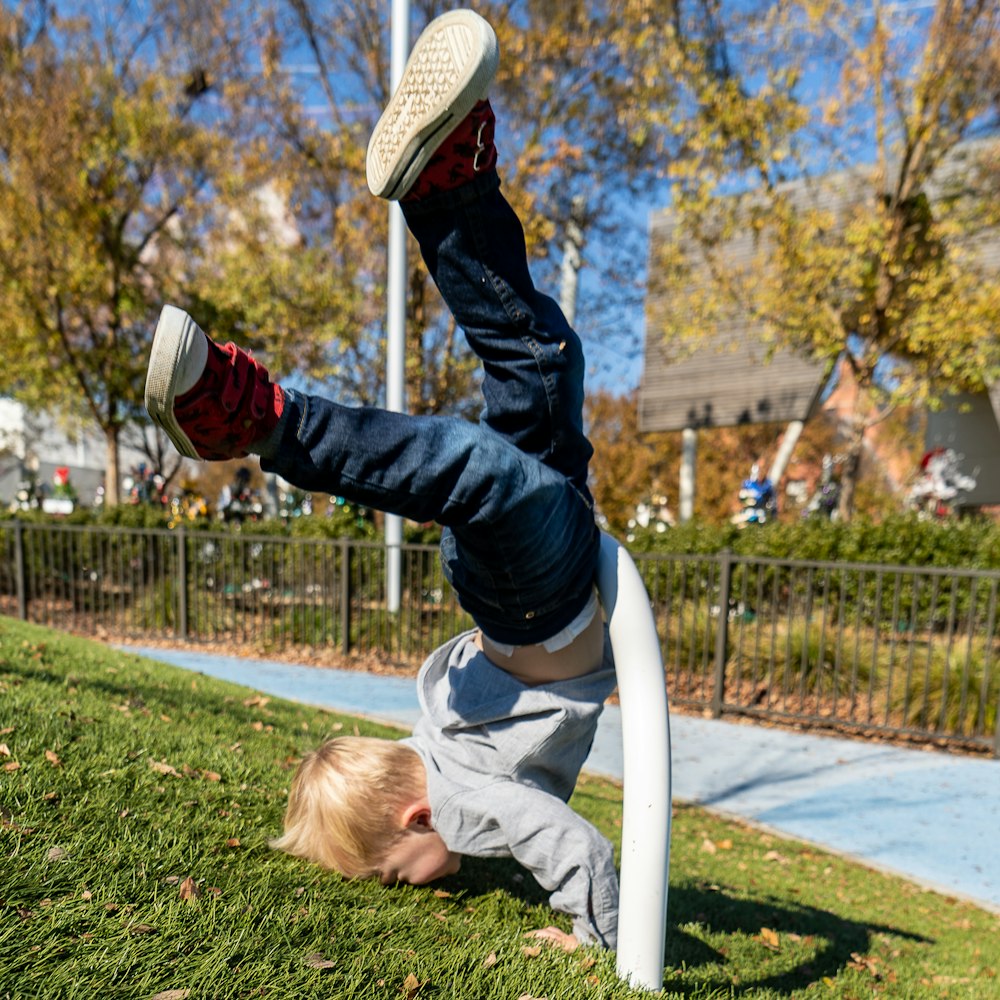目次
運動療法によって転倒恐怖は低下する?SR論文紹介
在宅分野では転倒恐怖による閉じこもりが問題となることが多いです.
ただこの転倒恐怖に対するアプローチというのは難しいのも実際です.
実際のところ転倒恐怖というのは運動療法によって改善が可能なのでしょうか?
運動療法によって転倒恐怖は低下するのかどうかを考えるうえで参考になる論文をご紹介させていただきます.

今回ご紹介する論文
Meta-Analysis Clin Rehabil. 2023 Mar;37(3):294-311. doi: 10.1177/02692155221135028. Epub 2022 Nov 28.
Effect of physical exercise on fear of falling in patients with stroke: A systematic review and meta-analysis
Chi Yat Chiu 1, Michael Yu-Hin Ng 1, Sum Chung Lam 1, Ka Yan Hui 1, Chun Ho Keung 1, Huixi Ouyang 1, Xun Li 1, Marco Yiu-Chung Pang 1
Affiliations expand
PMID: 36444416 DOI: 10.1177/02692155221135028
今回ご紹介する論文は2023年に掲載された論文です.
研究の目的
Objective: To consolidate the evidence on the effect of physical exercise on fear of falling in individuals with stroke.
この研究では脳卒中症例の転倒恐怖症に対する身体運動の効果に関するエビデンスを整理することを目的としております.
データソース
Data sources: PubMed, CINAHL, Cochrane Database and MEDLINE.
データソースはPubMed,CINAHL,Cochrane Database,MEDLINEとなっております.
研究の方法
Methods: An extensive database search was conducted to identify the randomised controlled trials that examined the effect of physical exercise on fear of falling post-stroke. Grading of Recommendation, Assessment, Development and Evaluation (GRADE) was used to assess the quality of evidence for each meta-analysis.
脳卒中後の転倒恐怖症に対する身体運動の効果を検討した無作為化対照試験を特定するために,広範なデータベース検索を行っております.
各メタアナリシスのエビデンスの質を評価するために,GRADE(Grading of Recommendation, Assessment, Development and Evaluation)を使用しております.
研究の結果
Results: Fourteen trials totalling 1211 participants were included in this review. Thirteen of these (1180 participants) were included in the meta-analyses. In the primary analysis, very low-quality evidence suggested that exercise reduced fear of falling post-stroke (standardized mean difference (SMD) 0.48; 95% confidence interval (CI) 0.23 to 0.72). The effect was diminished at three- to six-month follow-up after exercise training ended (SMD -0.09; 95% CI -0.27 to 0.10; high-quality evidence). In the sensitivity analyses, the treatment effect was more pronounced in individuals with a lower baseline Berg balance score (BBS ≤45; SMD 0.53; 95%CI 0.17 to 0.88) and for those trials with exercise frequency of ≥3 sessions per week (SMD 0.70; 95%CI 0.39 to 1.01). Compared with circuit-based training consisting of a combination of walking, balance and strengthening exercises (SMD 0.27; 95% CI -0.09 to 0.63), walking programmes seemed to generate a larger effect on fear of falling (SMD 1.06; 95%CI 0.43 to 1.70).
14の試験,合計1211例の参加者がこのレビューの対象となりました.
このうち13件(1180人)がメタ解析の対象となりました.
一次解析では非常に質の低いエビデンスが,運動が脳卒中後の転倒恐怖を軽減することを示唆しておりました(標準化平均差(SMD)0.48;95%信頼区間(CI)0.23~0.72).
この効果は運動トレーニング終了後3~6か月のフォローアップで減少しました(SMD -0.09; 95% CI -0.27 to 0.10; 高品質エビデンス).
感度分析ではベースラインのBergバランススコアが低い例(BBS≦45;SMD 0.53;95%CI 0.17~0.88) および運動頻度が週3セッション以上の試験で,治療効果がより顕著でありました(SMD 0.70;95%CI 0.39~1.01).
歩行,バランス,筋力強化運動の組み合わせからなるサーキットベースのトレーニング(SMD 0.27;95%CI -0.09~0.63) と比較すると,歩行プログラムは転倒恐怖症に対してより大きな効果をもたらすといった傾向にありました(SMD 1.06;95%CI 0.43~1.70).
研究の結論
Conclusion: Physical exercise was beneficial for reducing fear of falling in individuals with stroke, particularly those with poorer balance ability.
身体運動は脳卒中症例の中でも特にバランス能力の低い症例の転倒恐怖症の軽減に有益でありました.
今回は運動療法によって転倒恐怖は低下するのかどうかを考えるうえで参考になる論文をご紹介させていただきました.
運動によって転倒恐怖が軽減するというのはわれわれにとっても心強いですね.
われわれ理学療法士・作業療法士にも転倒恐怖を軽減するためのアプローチが求められますね.






